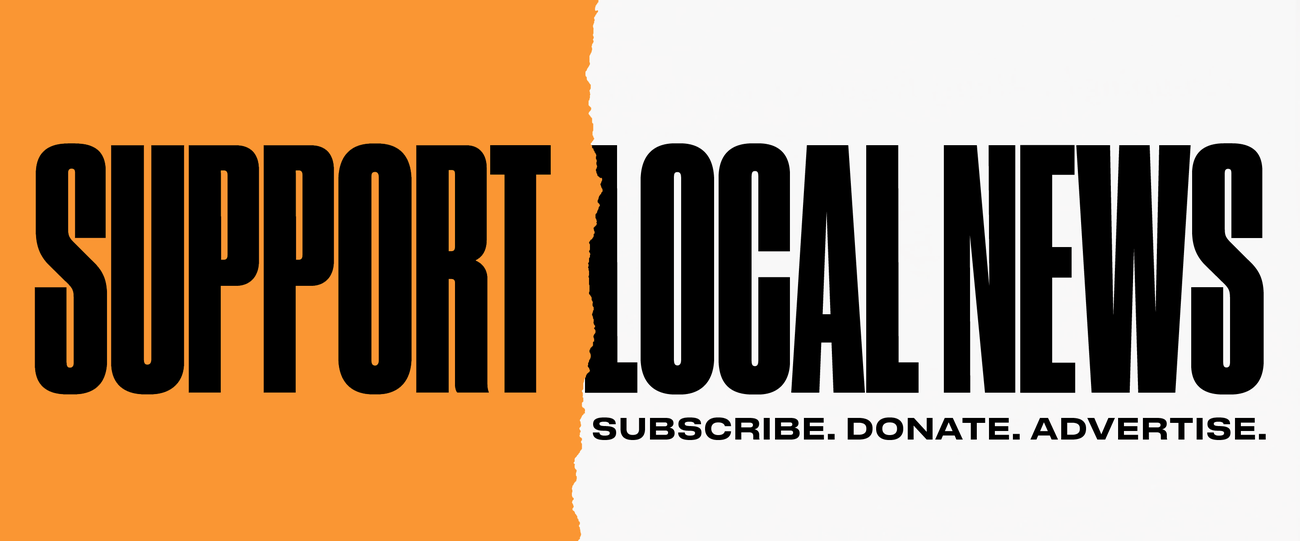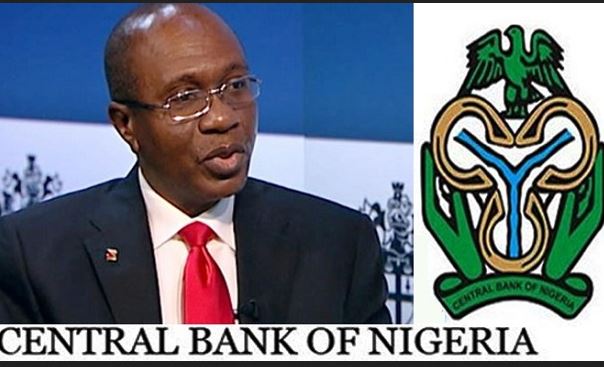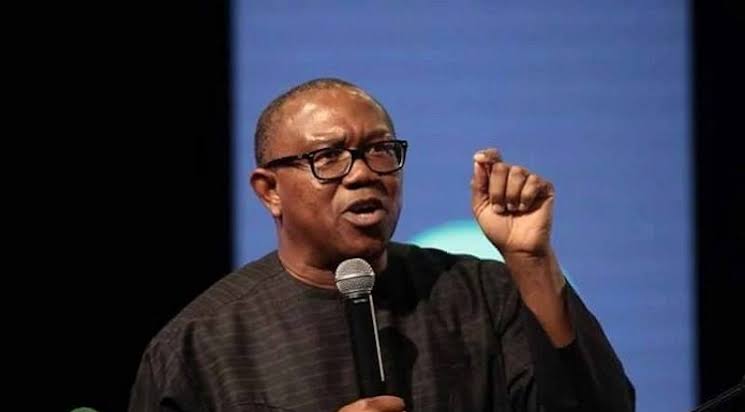As if the COVID-19 pandemic was a good thing, global interest rates were maintained at historic low levels over the past two years, as monetary policy authorities across the world lowered interest rates to cushion the impact of the pandemic.
Like many countries of the world, Nigeria had a decade-low interest rate since the pandemic and the biggest beneficiary of this COVID palliative has been the Federal Government, which had borrowed at significantly low interest rate.
However, the party seems to be over, as inflationary pressures continue to trigger shifts in interest rate policies.
The Federal Reserve Bank in the United States has indicated plans to raise the benchmark interest rate to tame inflation, a pronouncement which aligns with the calls of the International Monetary Fund (IMF) for Central Banks to hike interest rate to checkmate the rising prices of consumer goods.
The Nigerian government would pay a higher cost for its loans this year and perhaps over the medium term, as the interest rate is rising in the local market as well. Starting the year with the two and three-year Federal Government Savings Bonds, the Debt Management Office announced it would raise the 2- and 3 -year notes at 7.542% and 8.542% respectively, a significant jump from 2.197% and 3.197% it paid for the same debt notes exactly a year ago in January 2021.
A statement issued by the Debt Management Office said the Offer opened for the sale of the bonds on January 10, 2022, and would close on January 14, 2022.
The two-year bond matures on January 19, 2024, while the three-year bond matures on January 19, 2025, the DMO said.
The higher coupon rates point to the fact that the government would have to pay more for its borrowings this year and this means the debt service burden may be exacerbated. The 2022 budget is predicated on a deficit of N6.4trn, equivalent to 37.4% of the N17.2tn total expenditure.
Interestingly, the government plans to borrow half of the deficit financing from the local market whilst the rest is to be borrowed from the international debt market. Unlike 2021 when the government raised $4bn at yields of between 6.8 percent and 8.25 percent for the 7, 12, and 30-year bonds, the Nigerian government must be ready to pay higher rates this year, if it is to print about $6bn it intends to raise through the global capital market, as rates have spiked and would continue to rise, so the earlier the government tapped the market, the better.
With some 85% and 76% of revenue going into debt service in 2020 and 2021, the Nigerian government may end up spending a higher percentage of its revenue on interest cost on the loans in 2022, especially as the ballooning debt profile continues to undermine the prospect of the government to fund infrastructure going forward.
Do you have any information you wish to share with us? Do you want us to cover your event or programme? For Adverts or report call/WhatsApp us on +2348072633727




